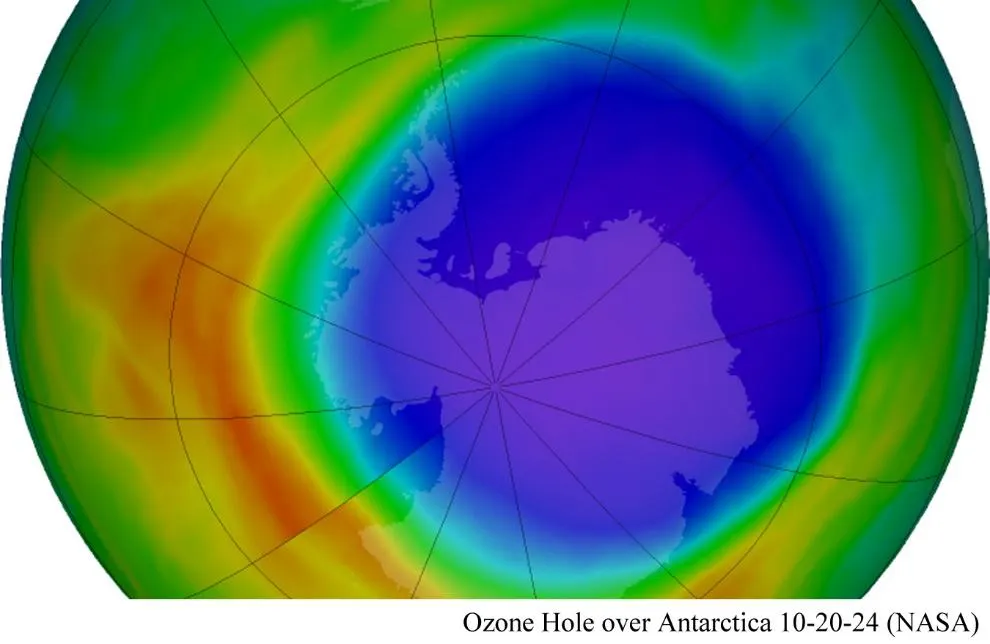Table of Contents
Academia can be a pretty sweet gig. Especially if you’re canny enough to land yourself a job in an entirely made-up discipline. “Fat studies”, for instance. Or “Decision Sciences”.
Let alone “astrobiologist”.
OK, maybe I’m being a little bit harsh, but given that the sum total of planets in the universe we know harbour life is precisely one, an entire academic discipline given over to studying life on other planets seems a bit like theologians counting angels dancing on the head of a pin. Sure, they can study what telescopes are revealing about exo-planets (planets orbiting other stars), but even that sounds an awful lot like astrophysics with a fancy new nameplate on the door.
Statements like this aren’t about to impress me any further:
Nothing certain is known about the properties and requirements of alien life.
No: nothing at all is known about the properties and requirements of alien life. Claiming otherwise is simply pissing on our legs and telling us it’s raining – and then demanding grant money to study ‘micturopluvionics’.
However, there are generally two schools of thought in astrobiology. One is that evolution on other planets can figure out ways to sidestep seemingly insurmountable barriers to life as we know it, while others claim that life is everywhere bounded by the same universal physical principles, and can thus only operate a certain way, similar to as on Earth.
If the first “school” sounds a bit suspiciously like wishful thinking, you can’t blame them. As I’ve written before, everything we’ve found about known exoplanets so far simply highlights how weird they are. Earth is, so far, looking very much like a serendipitous anomaly.
Most exoplanets lying in the habitable zones around stars are in fact inhospitable to plant life as we know it. That is according to a new study from microbiologists and astronomers at the University of Georgia who say that taking into account the light a planet receives as well as its ability to hold liquid water is a better definition of whether life could exist on other planets.
At least these guys are being a bit more hard-headed than most “astrobiologists”. To date, the thinking has been too much, if a planet is in the right zone for liquid water, we’re all good. The only problem is, as mentioned already, even all those planets, so far we know for now, are still decidedly hostile to Life As We Know It.
The boffins at UG are toning down the wishful thinking.
The researchers […] introduced a “Photosynthetic Habitable Zone” (PHZ) – the area around a star where not only liquid water can exist, but where there is also sufficient light with wavelengths between 400-700 nm. The latter being necessary to generate a surplus of oxygenic photosynthesis – the energy source of all plant life on Earth.
“Oxygenic photosynthesis is crucial for the search for life in the universe – if we are going to recognise signs of life on an alien world, it would probably be a biosignature such as a substantial atmosphere that is oxygen-rich, because it is difficult to explain [without living organisms],” lead author Cassandra Hall from the University of Georgia, told Physics World. “The PHZ is more practical in some sense than the HZ because it provides a more comprehensive picture – not only is liquid water possible in the PHZ, but also Earth-like oxygenic photosynthesis, that we know for certain is capable of transforming a planetary atmosphere into one full of biosignatures.”
While it is possible that life on other planets evolves to photosynthesize beyond these wavelengths, there are compelling physical reasons to believe why this range may be universal. Water, for example, is highly transparent to light at photosynthetically active wavelengths, whereas beyond these wavelengths absorption rapidly increases, making oceans opaque to light from outside this narrow gap – a strong incentive for ocean-borne organisms to photosynthesise within the same ranges as on Earth.
The team are also ruling out a whole class of known exo-planets: the so-called “super-Earths” and “mini-Neptunes”. Really big planets.
The team also found that photosynthetic life may be less likely on planets larger than Earth. This is because their thicker atmospheres would block much of the useful light before it can reach the surface.
Physics World
But, how are we ever going to know anything for certain about life on other planets, given the present impossibility of ever exploring them in person? One way would be for space-based telescopes to study their atmospheres – as, in fact, they currently do. Large quantities of certain molecules might suggest life-like processes.
But even that’s not certain. The detection of seasonal bursts of large-scale methane production on Mars got scientists pretty excited – until it was pointed out that Martian geologic processes were much more likely the culprit.
In the meantime, the hopes of astrobiologists will continue to spring as eternally as grant money.









